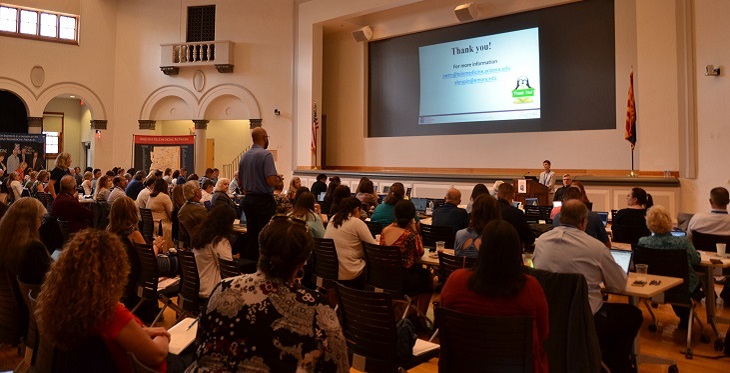The long-awaited promise of telemedicine may finally be realized as a response to Covid-19.
For decades, advocates hailed telemedicine as the way forward to improve access and reduce cost, while maintaining high-quality care. There have been steady gains in investment and growth across the country, and an increasing number of studies suggest that for certain services, namely chronic care management and mental health services, telemedicine may be superior to in-person care. Specifically, studies showed better health outcomes through improved medication adherence, integration of medical tests, and reduced hospital readmissions. However, even with these positive steps, it would be a stretch to claim that telemedicine had transformed the US healthcare system and, in large part, that is because of legal barriers that were in place prior to Covid-19.




